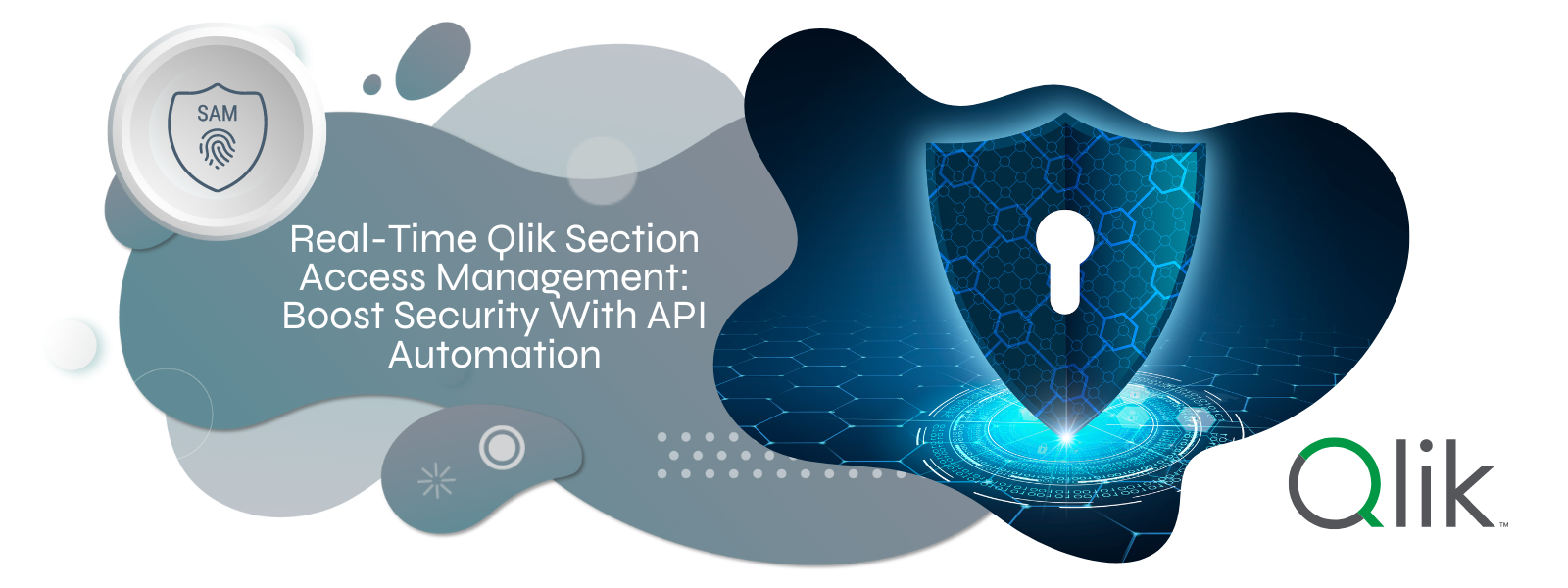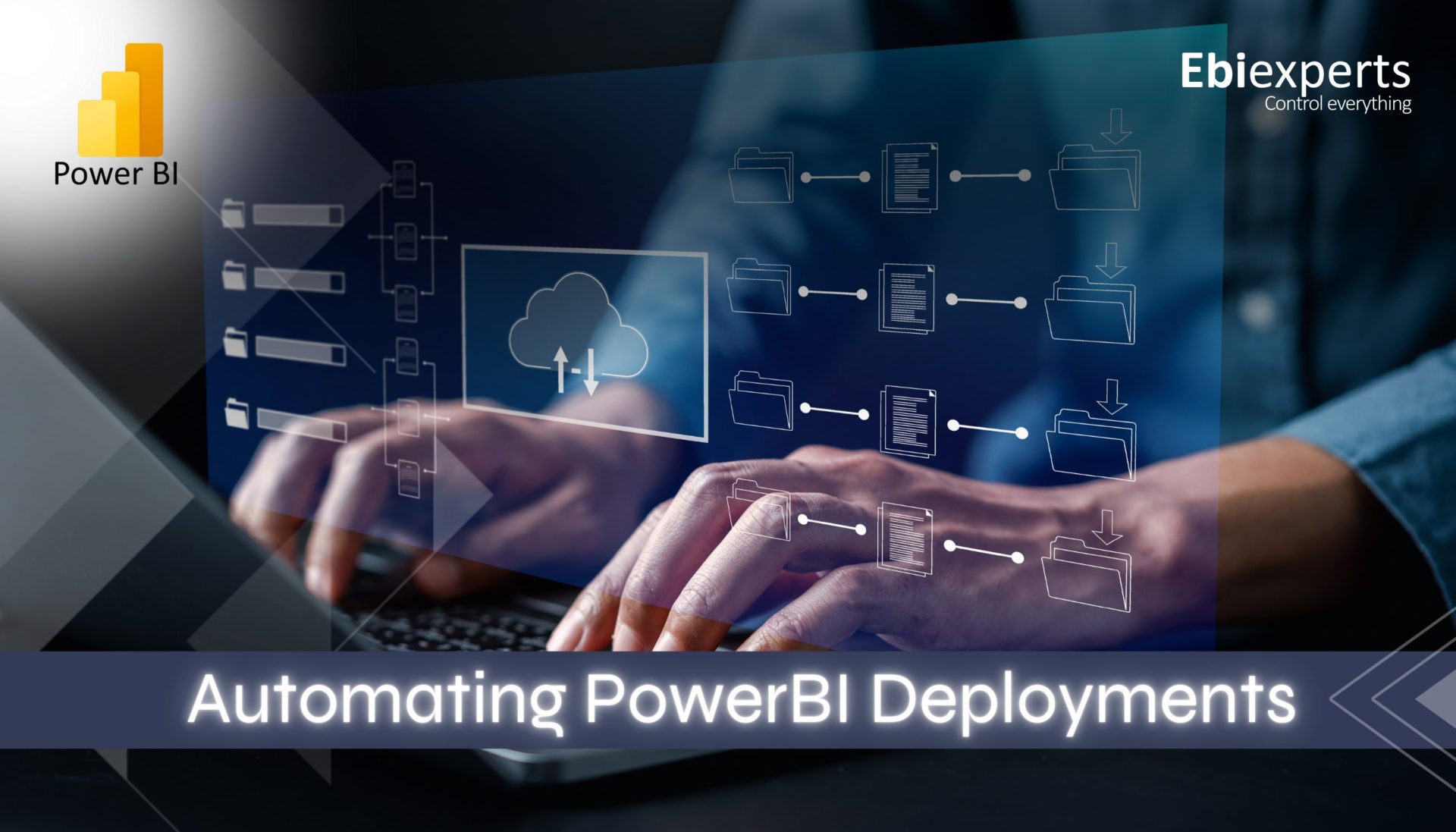As our world becomes more connected, businesses are finding it essential to use smart tools that can protect their data around the clock. With the advent of sophisticated platforms like Qlik, managing section access and ensuring data security has never been more streamlined. This blog post delves into the realm of Real-Time Qlik Section Access Management Automation via API, exploring its benefits and how it revolutionizes data security management.
Understanding Section Access in Qlik
Section Access is a powerful feature within Qlik that enhances data security by controlling user access to specific data within an application. It uses a security table in the data load script, where access levels and data visibility are defined. This method ensures that sensitive data is only accessible to authorized users, thereby maintaining confidentiality and compliance with data protection regulations.
Key Features of Section Access:
Dynamic Data Reduction:
Tailors data visibility to individual users, ensuring personalized data access.
Row and Column-Level Security:
Allows fine-grained control over which data elements users can access.
Multi-Cloud Environment Support:
Adapts user authentication mechanisms to work seamlessly across various cloud environments.
Automating Section Access with APIs
The integration of APIs for section access management in Qlik applications marks a significant advancement in how businesses can handle data security. APIs allow for real-time updates to access controls, reflecting changes instantly across the system without manual intervention.
Benefits of Automation via API:
Automates the otherwise manual and time-consuming process of updating access rights, significantly speeding up operations.
Minimizes human error and ensures consistent application of security policies.
Easily manages growing data and user bases without compromising on performance or security.
Real-Time Updates and No-Code Solutions
One of the standout features of using APIs for section access management is the capability for real-time updates. As user roles or data access needs change, the system can instantly reflect these changes, maintaining up-to-date access controls. Additionally, no-code solutions empower non-technical users to manage access controls, further simplifying the process and reducing dependency on IT staff.
Implementing No-Code Platforms:
Allows users to manage access without prior programming knowledge.
Supports dynamic business environments where user roles and access requirements frequently change.
Best Practices for Section Access Management
To maximize the effectiveness of section access management via API, certain best practices should be followed:
Conclusion
The automation of section access management in Qlik through APIs not only enhances operational efficiency but also significantly boosts data security. By allowing real-time updates and offering no-code solutions, businesses can ensure that their data remains secure while adapting quickly to organizational changes. As we move forward, leveraging such advanced technologies will be key to maintaining robust data security protocols in an increasingly digital world.
Embracing these technologies not only safeguards sensitive information but also positions businesses for success in a landscape where data security is paramount. For further insights and assistance with implementing these solutions, businesses are encouraged to consult with data security experts and explore additional resources provided by Qlik.



